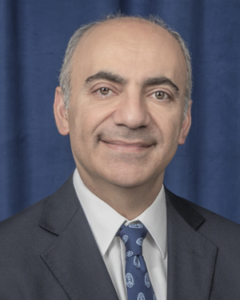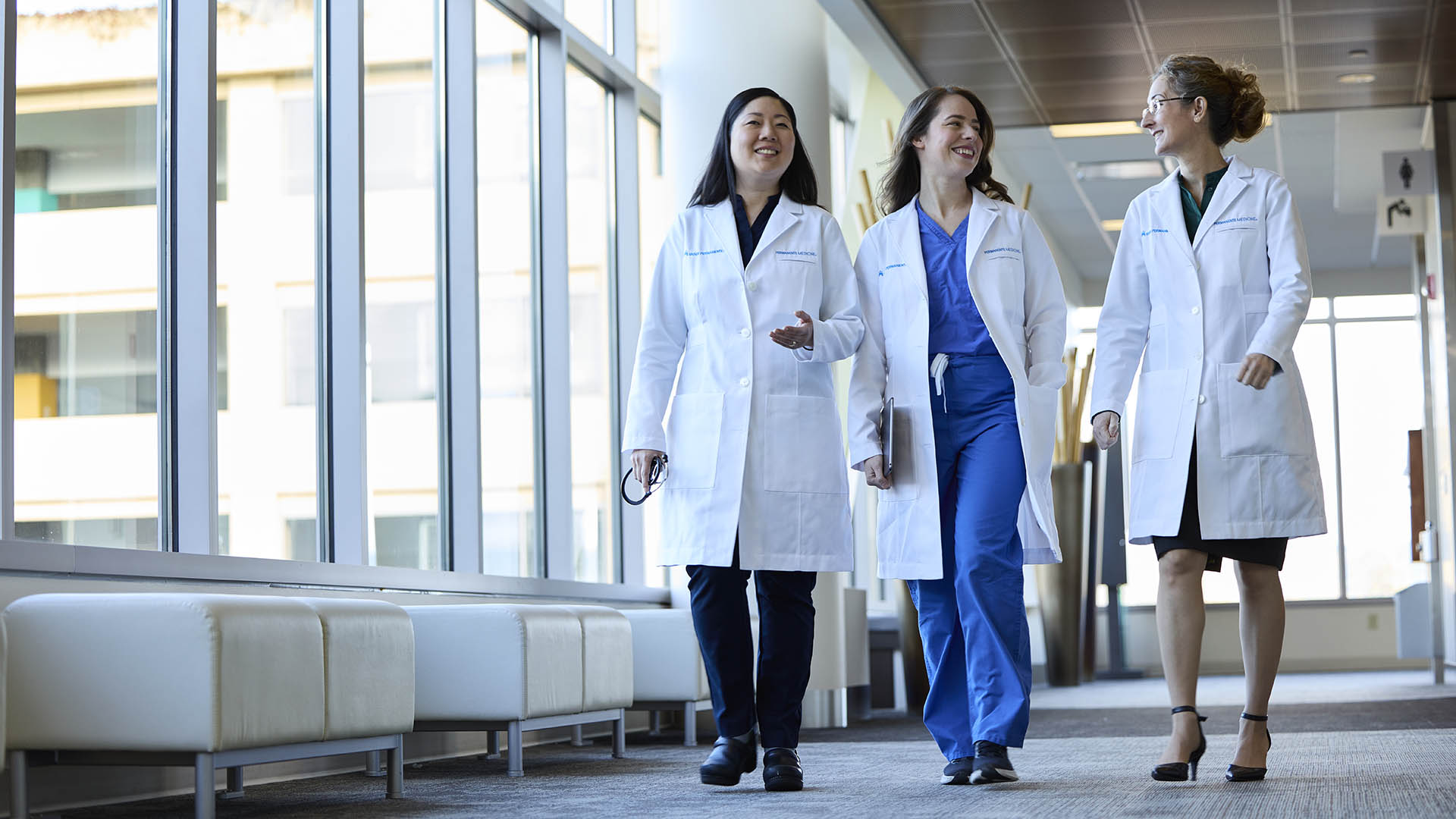The Permanente Federation co-CEOs share 7 strategies to build a trustworthy, affordable and accessible health care system for the next generation
Ramin Davidoff, MD, looks at how health care’s digital transformation improves lives

The COVID-19 pandemic accelerated a digital transformation that helps physicians and clinicians to better meet patient needs in ways that improve outcomes, equity, and access, wrote Ramin Davidoff, MD, in Managed Healthcare Executive.
The executive medical director and chair of the board of Southern California Permanente Medical Group wrote that technologies such as telehealth and remote monitoring enable health care organizations to tailor care to the specific needs of individuals, creating personalized experiences that result in better health for patients and populations. Tailored experiences are something people increasingly demand, not just from health care but in every aspect of their lives — from food delivery to ridesharing services.
“What may separate innovation in the health care sector from other areas of the economy is the motivation to improve lives, not just efficiencies,” said Dr. Davidoff, who also serves as chair of the board and CEO of The Southeast Permanente Medical Group and Hawaii Permanente Medical Group, as well as co-CEO of The Permanente Federation.
During the pandemic, the ability of health systems to rapidly scale telehealth offerings allowed patients to get care safely while minimizing exposure to COVID. Telehealth and other innovations continue to help health systems extend clinician visits and services to more communities.
Related story: “Permanente physician leaders discuss Kaiser Permanente Care at Home in The New York Times”
“These innovations reduce the amount of unpaid time people take off from work to see the doctor, a change which could mean the difference between choosing whether to get needed care or putting food on the table,” said Dr. Davidoff. “When you factor in driving, parking, and waiting room time, a 20-minute, in-person appointment can mean a 2-hour time commitment. By eliminating that physical journey, telehealth gives a patient back at least an hour and 40 minutes of their day.”
Telehealth also expands health care access to vulnerable populations. A recent study by Kaiser Permanente of its 15 hospitals across Southern California showed that during the pandemic, telehealth use increased more than 300% among patients with low incomes.
Health care systems including Kaiser Permanente are also leveraging a mix of telehealth, e-consults, remote monitoring, and in-person visits to bring hospital-level care into the homes of patients. Dr. Davidoff wrote that this hybrid approach makes care transitions more seamless and enables care teams to deliver services more conveniently. It also helps care teams integrate critical insights into a patient’s care plan, such as information about diet, home environment, and social determinants of health.
“By 2050, health care will look vastly different,” he said. “While illness and disease will never be eradicated completely, a digital-first approach will make it even easier for health care in the future to increase focus on staying healthy, coordinate care across diverse care teams and geographies, and deliver all levels of services in ways and settings that meet the needs and preferences of patients.”
To read the entire article, visit the Managed Healthcare Executive site.
Related story: “Ramin Davidoff, MD, describes a vision for the future of health care”


